The bacteria that lead to bad breath in dogs may also be harmful to the surrounding tissue in a dog's mouth playing a role in the inflammatory conditions linked with inadequate canine oral health. A greater understanding of these pathogens not only will help dog owners do away with their dog's bad breath, it may also improve their overall health. Theharmful bacteria are anaerobic denoting the bacteria's absence of need for oxygen.
Bacteria is a basic living organism that necessitates the consumption of substances to endure, the bacteria then expels sulfur compounds that cause bad breath. The sulfur compounds are known as volatile sulfur compounds (VSC's). This term identifies the simple fact that these substances evaporate easily at various temperatures. The regular presence of VSC's in a dog's mouth may be damaging to the tissue in a dog's mouth. The harmful bacteria itself is recognised to be a contributing factor to the advancement of various chronic diseases when it gets into a dog's blood stream.
Areas in a dog's mouth that are lacking of oxygen are where anaerobic bacteria survive. The gum line and back of the tongue are regions that supply perfect areas for the survival of these bacteria. Another spot is the consequence of advanced stages of periodontal disease. Chronic periodontitis damages the bone structure of a dog's teeth creating pockets where the tooth anchors to the gums, harmful bacteria thrives in these pockets. If a dog's teeth and gums are damaged with a sever stage of periodontal disease, veterinarian dental care is usually necessary to reverse the dog's unhealthy oral condition.
A healthy mouth contains a harmony of beneficial bacteria; this environment is referred to as the flora a expression also used to describe the bacterial environment in the digestive system. The amount of different bacteria that exist in the world is so vast and numerous estimates hardly meet the criteria as an educated guess, the figure is 10 million to 1 billion. A dog's mouth contains about 100 different kinds; these bacteria are responsible for protecting their bodies against the intrusion of bad bacteria, viruses, fungi, and protozoa. For this reason products used for canine oral hygiene need to target only the harmful bacteria, simply trying to sterilize the mouth of all bacteria is extremely harmful to the health of a dog. There are only a few types of detrimental bacteria that have been determined as the trigger of bad breath and the buildup of plaque in a dogs mouth.
Cleaning dog teeth is rather rare amongst dog owners, and when it is conducted the process is similar to that of humans. The common methods of oral health are not well suited for a dog, their adversity to have others near their mouths minimizes the good results of attempting to brush their teeth. Consequently periodontal disease has come to be the number one health issue for our dogs. The science of bio chemistry has developed formulations making use of all natural substance that effectively counter act detrimental bacteria in a dog's mouth. These products break up plaque and get rid of damaging bacteria protecting against periodontal disease and bad breath in dogs.

 The Difference Between Norwegian Forest And Maine Coon Cats
The Difference Between Norwegian Forest And Maine Coon Cats
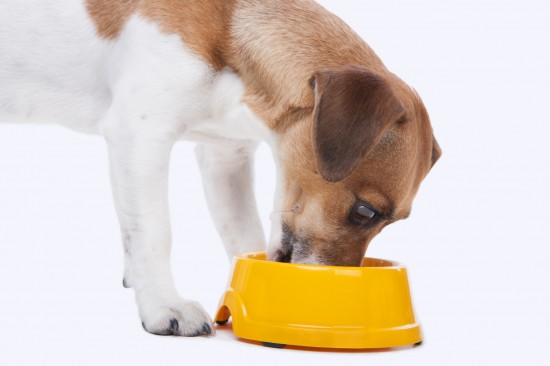 Managing The Diet Of A Diabetic Dog
Managing The Diet Of A Diabetic Dog
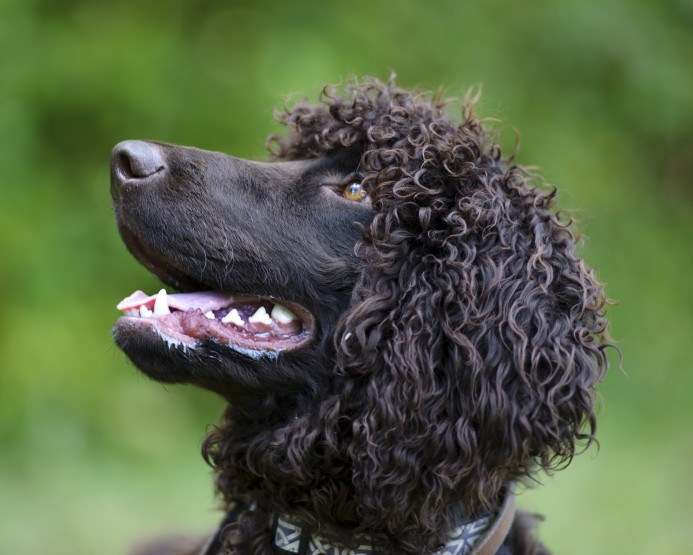 Irish Water Spaniel Health Issues
Irish Water Spaniel Health Issues
 Choosing the Best Litter Box Furniture for Home Pet Cats
Choosing the Best Litter Box Furniture for Home Pet Cats
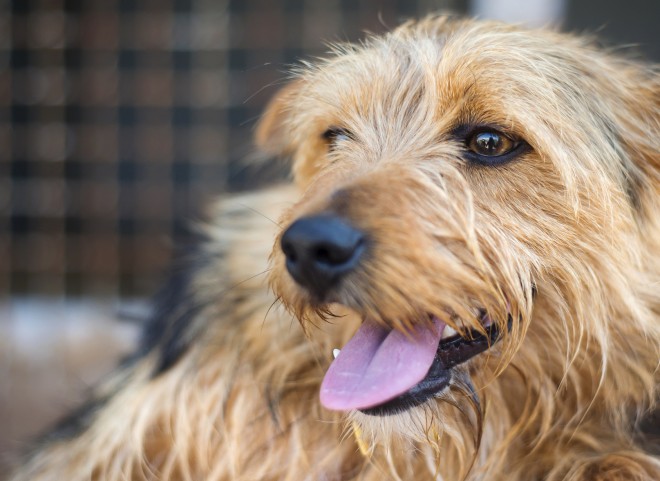 Five Common Myths And Misconceptions About Cat And Dog Rehoming Centres
Five Common Myths And Misconceptions About Cat And Dog Rehoming Centres
 How To Estimate The Age Of A Dog With An Unknown History
How To Estimate The Age Of A Dog With An Unknown History
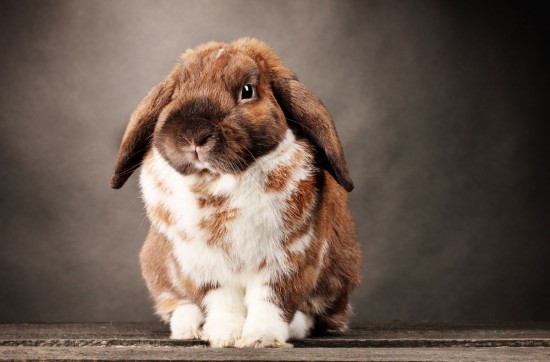 Rabbit Care Calendar - Month By Month Care Advice For Your Rabbit
Rabbit Care Calen
Rabbit Care Calendar - Month By Month Care Advice For Your Rabbit
Rabbit Care Calen
 Essential Tips for Taking Good Care of Our Pets
Essential Tips for Taking Good Care of Our Pets
Essential Tips for Taking Good Care of Our Pets
Essential Tips for Taking Good Care of Our Pets
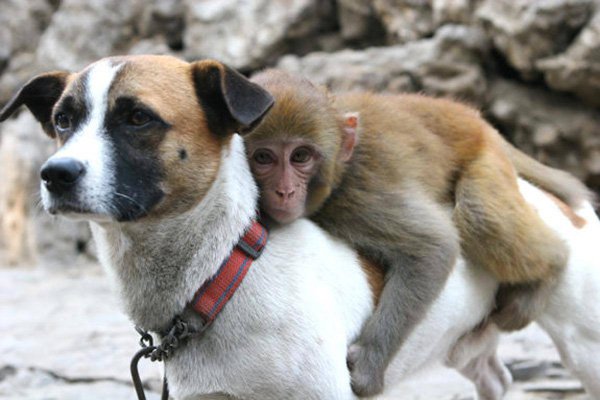 Pet Friendly Community in Dubai
Pet Friendly Community in Dubai
Notwithstandin
Pet Friendly Community in Dubai
Pet Friendly Community in Dubai
Notwithstandin
 Would You Know If Your Cat Had Fleas?
Would You Know If
Would You Know If Your Cat Had Fleas?
Would You Know If
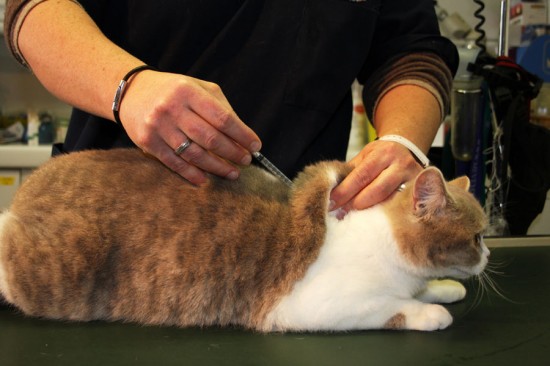 The Importance Of Vaccinating Your Cat
The Importance Of
The Importance Of Vaccinating Your Cat
The Importance Of